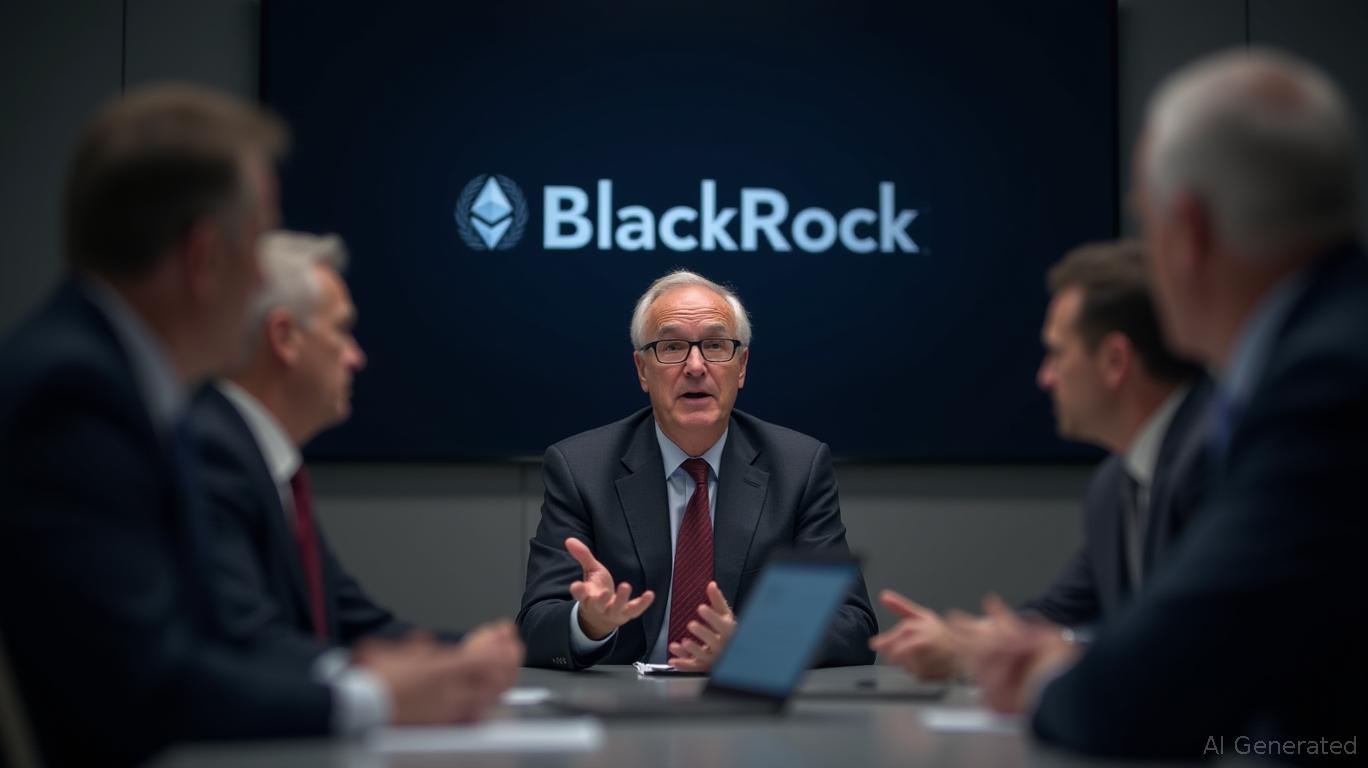BlackRock Files for Digital Ledger Technology Shares, Emphasizing Blockchain Integration
BlackRock has filed with the U.S. Securities and Exchange Commission (SEC) to create a new category of digital ledger technology shares. This move underscores the increasing embrace of blockchain technology by Wall Street. These shares will be tied to the BLF Treasury Trust Fund (TTTXX), offering institutional investors enhanced ownership transparency. While the shares remain untokenized, they illustrate a significant move toward integrating blockchain solutions into legacy asset management. The proposal also signals BlackRock’s readiness to leverage blockchain for improved fund management.
These digital ledger technology shares differ from fully tokenized assets in that they do not facilitate on-chain trading or settlement. Instead, they provide a mirrored blockchain record. blackrock plans to leverage this ledger system, with the bank of new york mellon maintaining its integrity. This approach reflects a cautious adoption of distributed ledger technology rather than full asset tokenization. Investors still benefit from a familiar risk profile, as the fund holds over $150 million in U.S. Treasury bills. No ticker symbol or fee details have been released yet, suggesting that these initiatives remain in early development.
This initiative differs from BlackRock’s USD Institutional Digital Liquidity Fund (BUIDL), a fully tokenized offering. The DLT shares enhance ownership transparency without altering traditional ledgers. BlackRock digital shares won’t replace official records but serve as a supplemental blockchain-based tool. The firm emphasized that BNY will leverage blockchain solely to support, rather than supplant, the primary ownership ledger. A minimum $3 million investment remains necessary, underlining that the product addresses institutional clients over retail investors. By maintaining existing infrastructures, the approach minimizes operational disruptions for fund administrators.
BlackRock digital shares reflect wider shifts within financial markets. Recently, an application for an Ethereum-based OnChain share class tied to a Treasury Digital Fund was filed. This parallel move highlights stronger institutional faith in blockchain ownership. Although awaiting regulatory approval, the planned launch implies growing momentum. Institutional enthusiasm for tokenized funds underscores blockchain’s expanding role in traditional investments. As major asset managers embrace blockchain solutions, next-gen fund structures gain mainstream credibility. These developments collectively signal a significant industry pivot toward next-generation asset structures.
The change to BlackRock digital shares is a sign of the rise of blockchain in finance and the growing interest in treasury tokenization. The Tokenized Treasuries now exceed $6.16 billion in market value. BlackRock’s BUIDL dominates with $2.55 billion in holdings, followed by a fund with over $700 million managed. This growth highlights blockchain adoption for tangible financial instruments instead of speculative tokens. Offering greater liquidity, efficiency, and widened market access, treasury tokenization is transforming institutional finance.
BlackRock CEO has strongly championed transformations like the BlackRock digital shares move. In his annual investor letter, he said tokenization could reshape investing through instant settlements and no market closures. He noted billions of dollars currently stuck in slow settlement processes could be redeployed. This capital release may enhance efficiency and spur wider economic growth. By freeing idle funds, tokenization promises fluid markets and greater investor opportunities. He argued that seamless transactions could operate outside traditional settlement windows. He believes tokenization will unlock new capital deployment strategies across global markets.
He emphasized that tokenization can democratize investing by enabling fractional ownership and digitally protecting shareholder rights across markets. This vision aligns with BlackRock’s broader efforts to expand access to financial tools through continuous innovation. The BlackRock CEO cautioned that current tokenized systems lack adequate identity verification infrastructure for secure transactions. Without a robust verification framework, tokenized assets will remain constrained despite their vast potential. He also warned that until these verification gaps are addressed, tokenized assets may see limited adoption. He urged infrastructure improvements before tokenization can achieve mainstream adoption.
Global financial heavyweights are embracing blockchain integration. They are launching cutting-edge initiatives to tokenize traditional assets and boost fund transparency through distributed-ledger technology. These institutions understand that blockchain benefits extend well beyond cryptocurrencies, including compliance, settlement, risk management, and investor protection. Their engagement lends credibility to a sector once viewed as fringe or speculative. With DLT shares and related innovations gaining momentum, asset management strategies are evolving toward a more transparent, efficient future. These projects transform traditional fund operations and strengthen stakeholder trust in digital ecosystems.
Ask Aime: How does BlackRock's new digital ledger technology shares impact traditional asset management?


_a5aa6a1f1748879890986.jpeg)
_a05abc0b1748876871987.jpeg)







